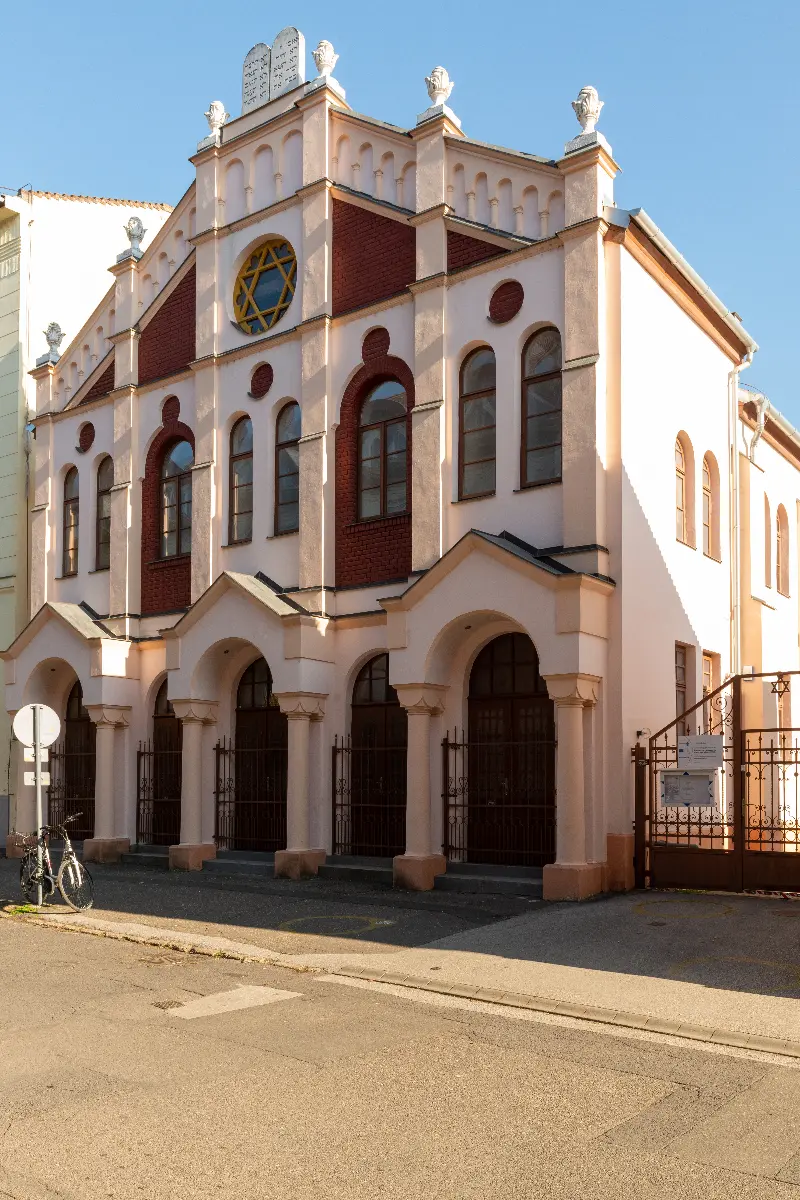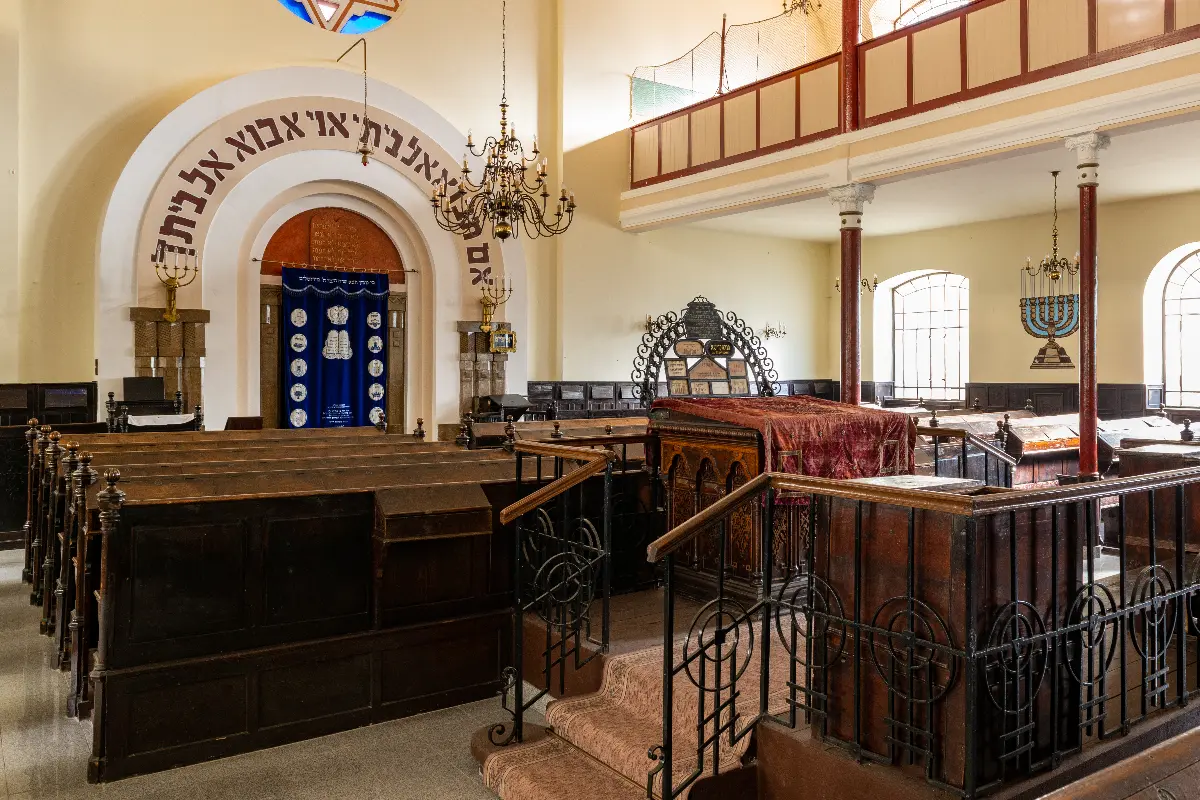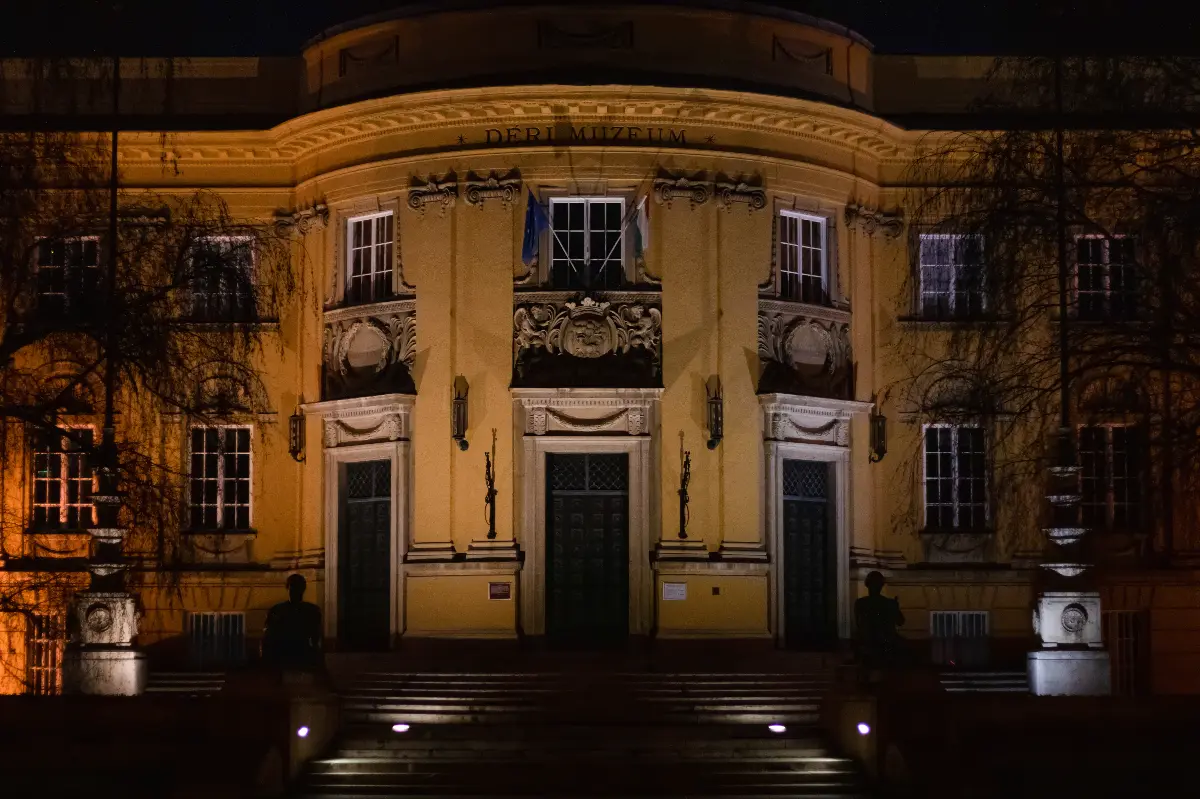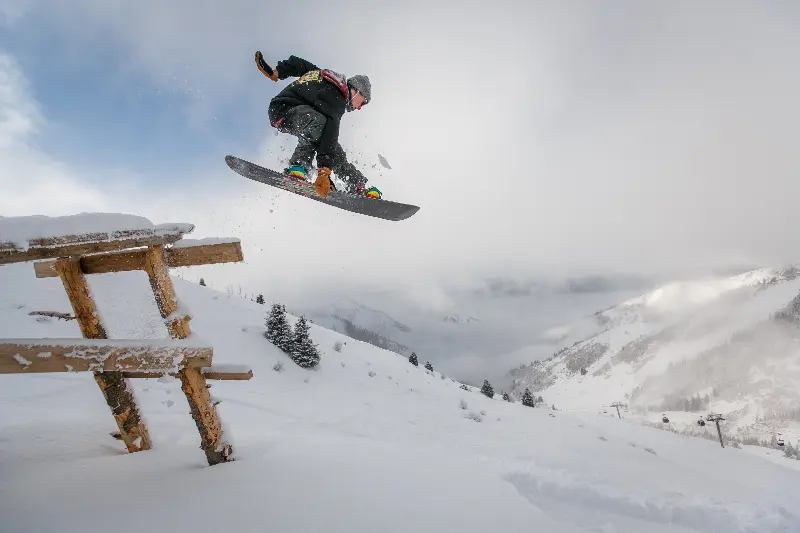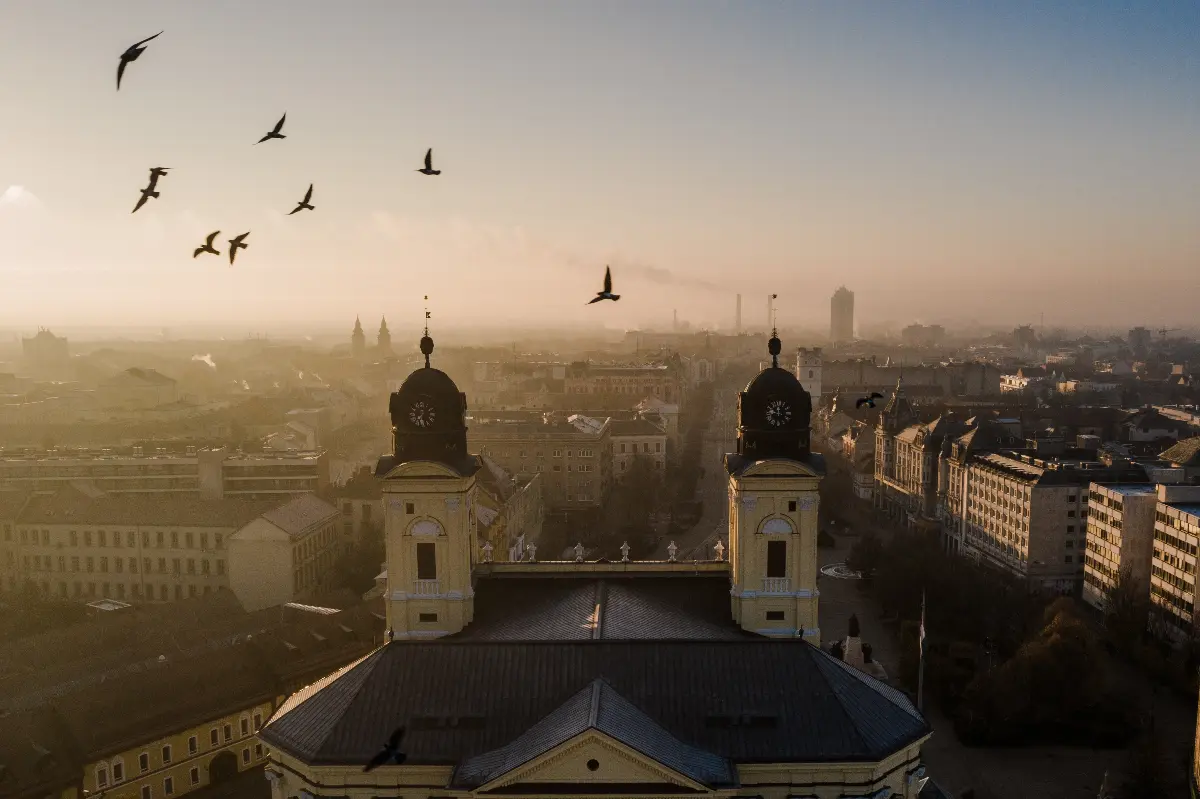
Helyszín címkék:
Travelling by “tuja” (tram) in Debrecen: historic and built heritage
Jászberényi Attila
The city of Debrecen has somehow always managed its historical cataclysms well. After the battle of Mohács, the market town which had been of secondary importance until then, thanks to the lack of interest of the Ottoman rulers, became the Calvinist Rome and school town, and the peace treaty of Versailles (Trianon) made it the centre of the reduced region. Its growing importance and eastern location made it capital twice (in 1849 and 1945).
Debrecen is full of fascinating contradictions: tradition and modernity, the former rural town life and bourgeois milieu mixed with a slow-moving well-to-do merchant mentality and a vibrant intellectual tradition.
“Does Persistence Live in Debrecen?” asked once Endre Ady, famous Hungarian poet, and thus how Debrecen became the “city of persistence”. It is true that the peasant well-to-do merchant tradition has not exactly been one of embracing revolutionary ideas and openness, but in recent years this seems to be changing in all respects, along with a tangible process, an international and multicultural shift towards cities that are proud of their past. A milestone in this was the opening of MODEM, the largest contemporary art centre in the country. Then came the many foreign students from all over the world, with their diverse cultures, languages and strong purchasing power. There has been a proliferation of industrial parks and foreign managers to serve them with new quality, wine and services. The inauguration of the international airport has opened up the world from Tel Aviv to Moscow, and of course, the presence of stewardesses on the wine terraces did not do the cityscape any harm. It is now commonplace for young locals and expats to mix, and this generation has certainly not stepped out from under Ady's cloak. Although mountains and rivers still do not meet, Debrecen, with its historical, cultural and architectural heritage, can confidently become the centre of a region of more than a million people, even without borders.
Tram No. 1
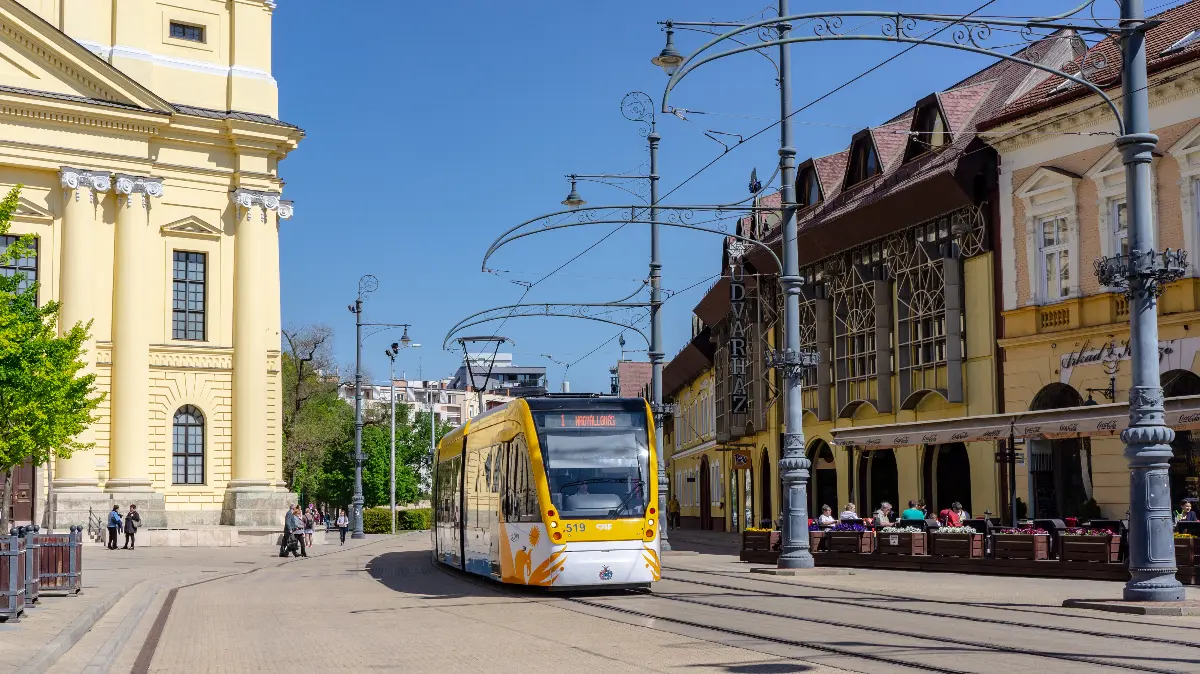
Debrecen used to have a lot of tram lines, which were reduced to one by socialist transport policy, but at least the number one was kept (later there was a number two, but that is negligible for tourist purposes). It is the backbone and essence of the city today, touching every era and relevant scene from the “Nagyállomás” (Grand Station) to the “Nagyerdő” (Great Forest), from Socialist to Art Nouveau, from Bauhaus to Baroque, from neoclassical merchant houses to capitalist realist buildings. This is a historical tour, from the big city to the village, from the forest to the woods, from the wooded city centre to the shady universities, from the concrete shopping malls to the one-storey merchant houses and eclectic villas, leading through the Debrecen universe, encapsulated in stone and built heritage. One whole trip with tram No. 1 is the best guide, and all for the price of a ticket. You can get off anywhere and find things to see and do.
“Nagyállomás” (Great Station)
The cathedral of socialist realism. Its crenel-like openings, colonnade, the post-gothic dome inspired by the most famous architect in Debrecen, István Sajó, the elliptical rose windows and the monumental Derkovits murals give the impression of a 20th century cathedral. And until you reach the “Nagytemplom” (Great Church), the city's central stronghold, you can only scratch your head at the cavalcade of styles from bygone eras. The architectural era of classicism broke into Debrecen with a fire, in 1802 when the “Nagytemplom” (Great Church) and part of the “Kollégium” (Residence Hall) burnt down. New buildings were needed, in the trendy style of the time: strictly by-the-book buildings in the obligatory canary yellow.
The trading houses at “Piac utca” (Market Street)
For centuries, the houses lined the main street, which was surprisingly wide because cattle were driven through it. The first multi-storey houses of the city were built in the area known as “Nagypiacz” (Great Market) or “Főpiacz” (Main Market). They are multicultural memorials to families such as the Podmaniczky's, the Rickl's (one of their descendants is Mária, Magda Szabó's heroine), the Csanak's, Löfkovics's, Kaszanyitzky's, who went from being serfs in Derecske to spice merchants. The historicising, oriental, Byzantine elements of Romanticism can be seen most clearly in the Moorish monument, the “Csokonai Színház” (Csokonai Theatre), which can also be seen as a synagogue in the “Vigadó” in Pest.
An imposing grand dame of a building on Kossuth Street, in canary yellow, of course. The stylistic elements of the turn of the century can be properly seen on one of the pinnacles of Hungarian Art Nouveau, the “Megyeháza” (County House), in red and white, with Zsolnay decorations and armed Haiduks on the façade. The eclectic “Aranybika Hotel” (Golden Bull Hotel), designed in part by Alfréd Hajós, the first Hungarian Olympic champion, is an icon of the city in the main square. The architectural style that built Art Deco, Chicago and New York was brought to Debrecen from America by István Sajó. Its geometric, constructivist design, with a touch of futurism, can be discovered at 6 “Csapó utca” (Csapó Street), in the villas on the “Simonyi út” (Simonyi Road) and in the sadly run-down “Nagyerdei Stadion” (Great Forest Stadium).
“Református Nagytemplom” (Reformed Great Church)

The city's emblematic building is the Basilica of St Peter in Calvinist Rome. The nave can be visited for free, and if you are lucky, the cantor will be practising on the organ. Do not miss the area one has to pay to enter either, but do not take the lift, but rather the narrow old wooden staircase, as the view of the domes from the attic above, and the most beautiful view of the city centre from the panoramic walkway connecting the two towers are worth the climb.
“Debreceni Református Kollégium” (Debrecen Reformed Residence Hall)
The origins of urbanism in the city. Csokonai, Kazinczy, Mihály Fazekas, Arany, Ady, Móricz, Lőrinc Szabó, Imre Sarkadi, but also the Tisza family and Miklós Horthy used to sit in its benches. It twice hosted the second Diet as capital, dethroned the Habsburgs and declared war on Nazi Germany in its oratory. Its decorative library is like that of Trinity in Dublin, and flutes and pipes are on display in the Csokonai room.
“Déri Múzeum” (Déri Museum)
It is not the standard tedious spiel about urban history, but a fascinating time travel through mortuary and funerary history under a mystical starry sky. Real mummies, analysed on CT, from the Egyptian collection and Samurai relics from the Japanese collection. But most of all, with the huge canvas and the Munkácsy-trilogy.
“Modern és Kortárs Művészeti Központ (MODEM)” (Centre for Modern and Contemporary Art)
It could be even called the Hungarian Guggenheim. Its permanent collection is one of the most important modern domestic ones, always complemented by a very topical, very bold temporary exhibition of the top national and international artists, with curious selections and intercultural associations, and brilliantly-invented conceptual exhibitions. Both young newcomers and renowned contemporary classics are presented on 4600 square metres.
Synagogue on “Pásti utca” (Pásti Street)
Half of Debrecen's Jews survived the Holocaust, and it is still the largest Jewish community after Pest, but its memorial wall with the names of 6,000 victims is still a moving read. Renovated, with secular and communal functions, with relics of the old ritual bath (mikveh), and with the “slaughterhouse” preserved in its abandoned state. The meeting point of a sunken and a reborn world.
“Szabó Magda Emlékház” (Magda Szabó Memorial House)
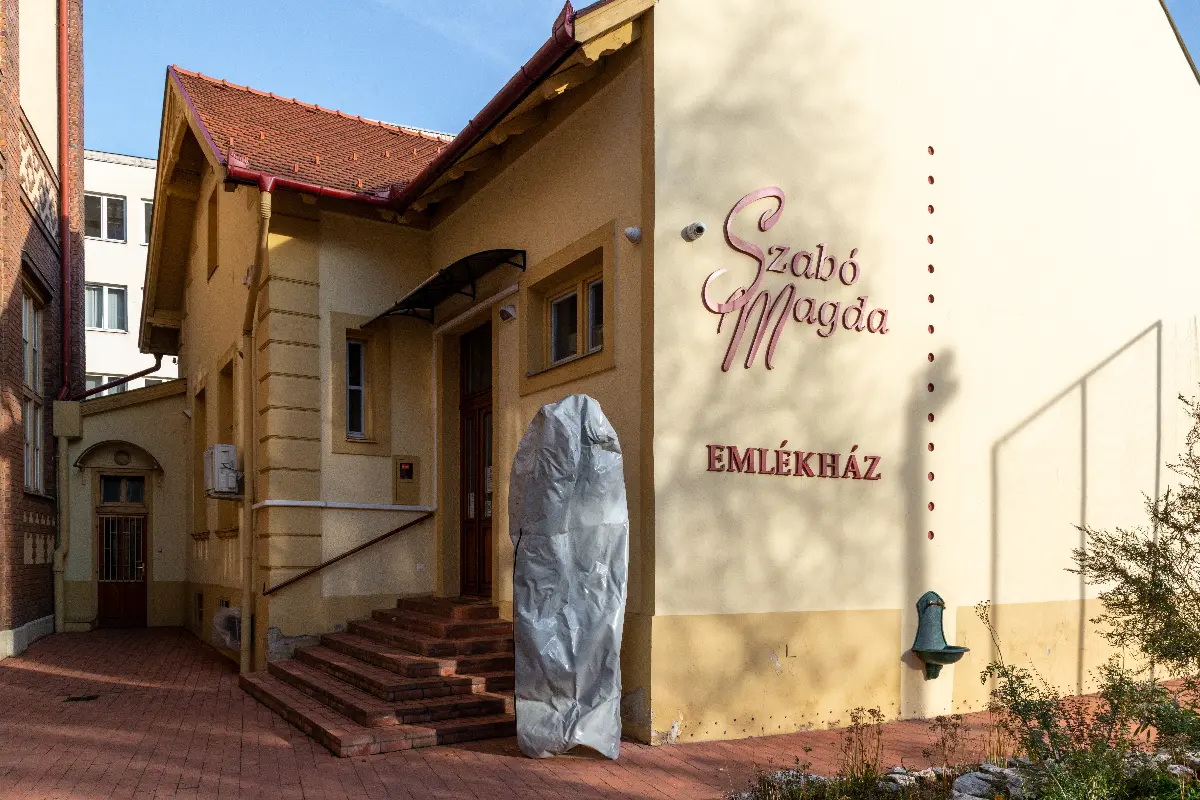
The atmospheric muse of the "most Debrecen" writer of all, evokes the bourgeois milieu that is the reference point for all her novels, often autobiographically inspired, and particularly sensitive to women's fates. The setting is the courtyard of the Dóczy Secondary School, where the author once graduated. And a virtual fountain shows the places in the city where you could have met Magda Szabó in the past.
